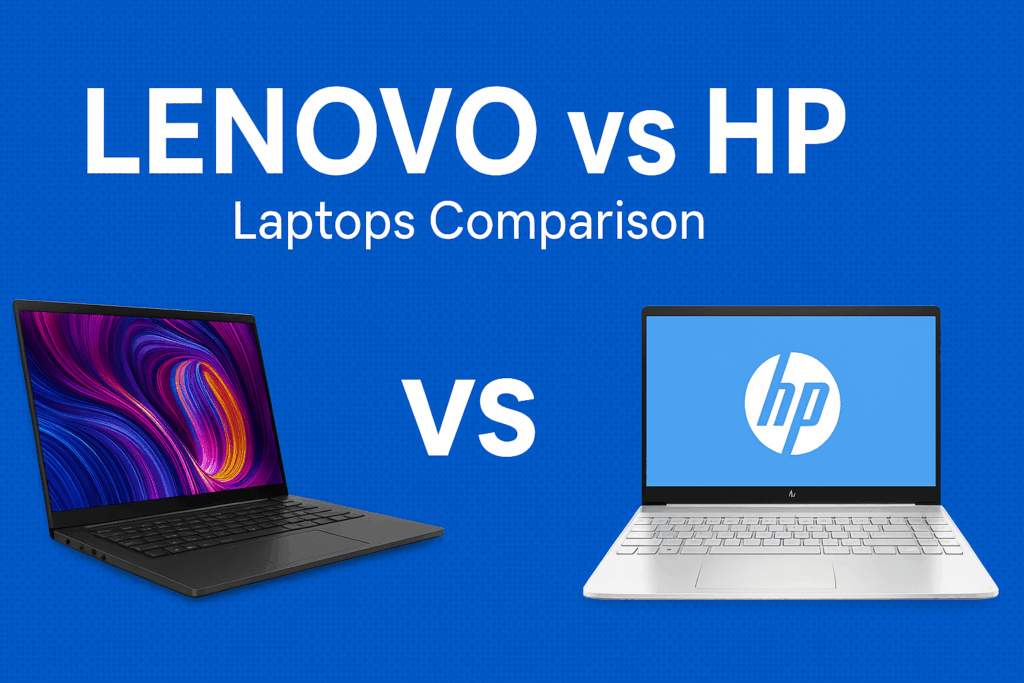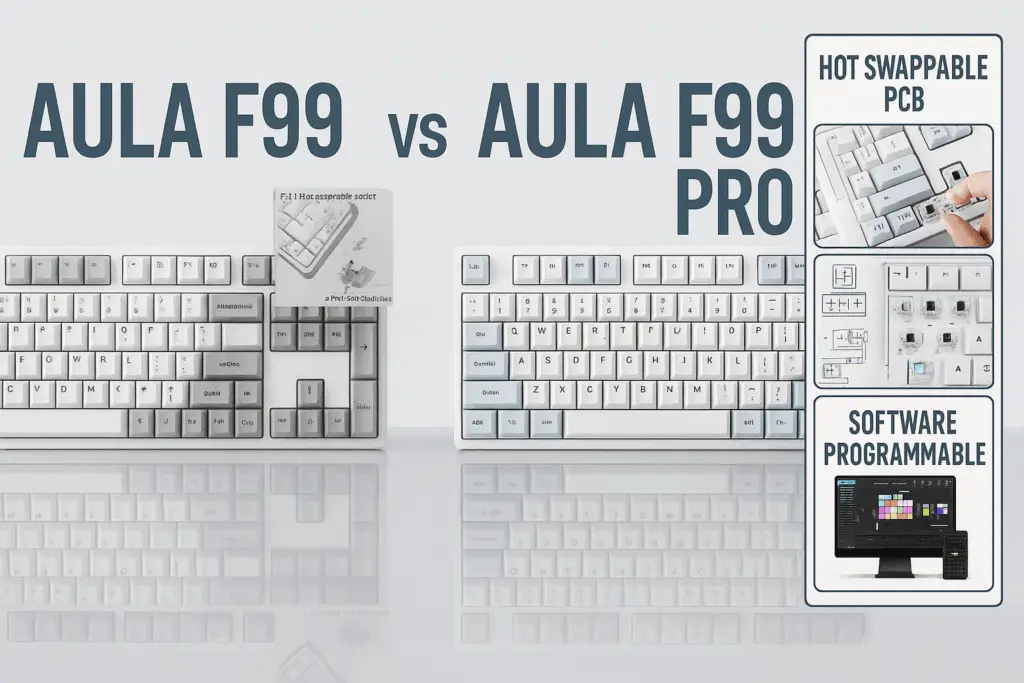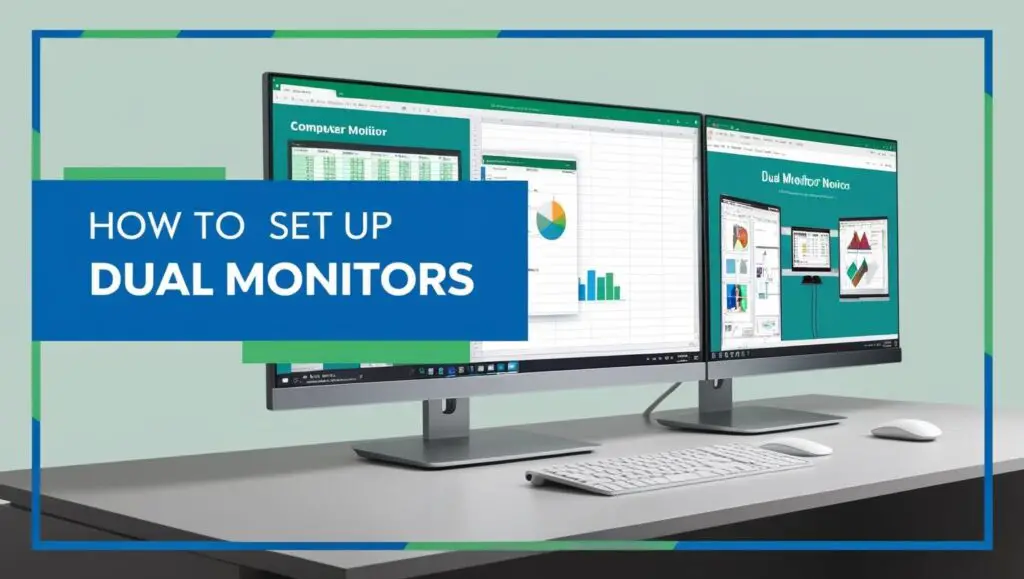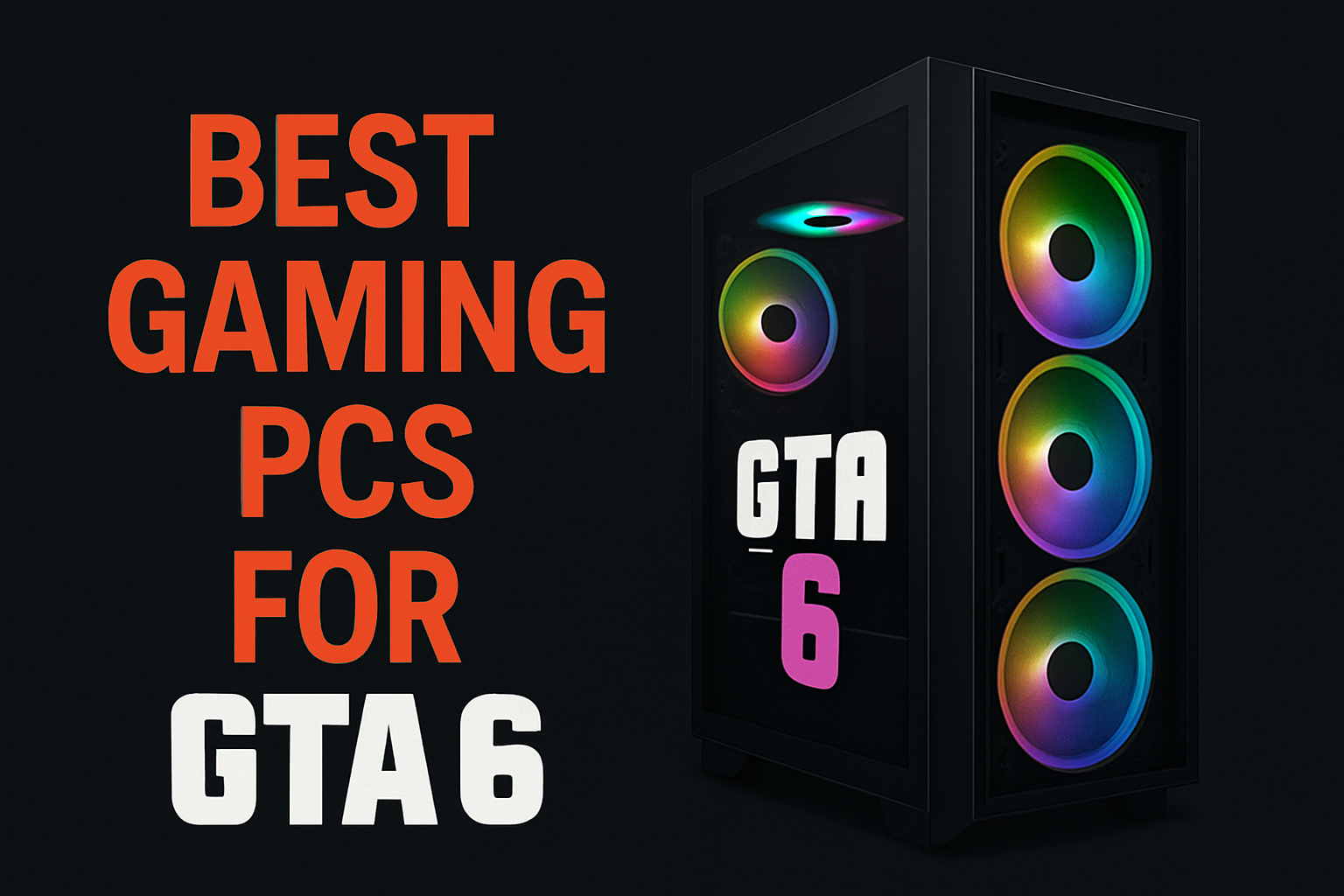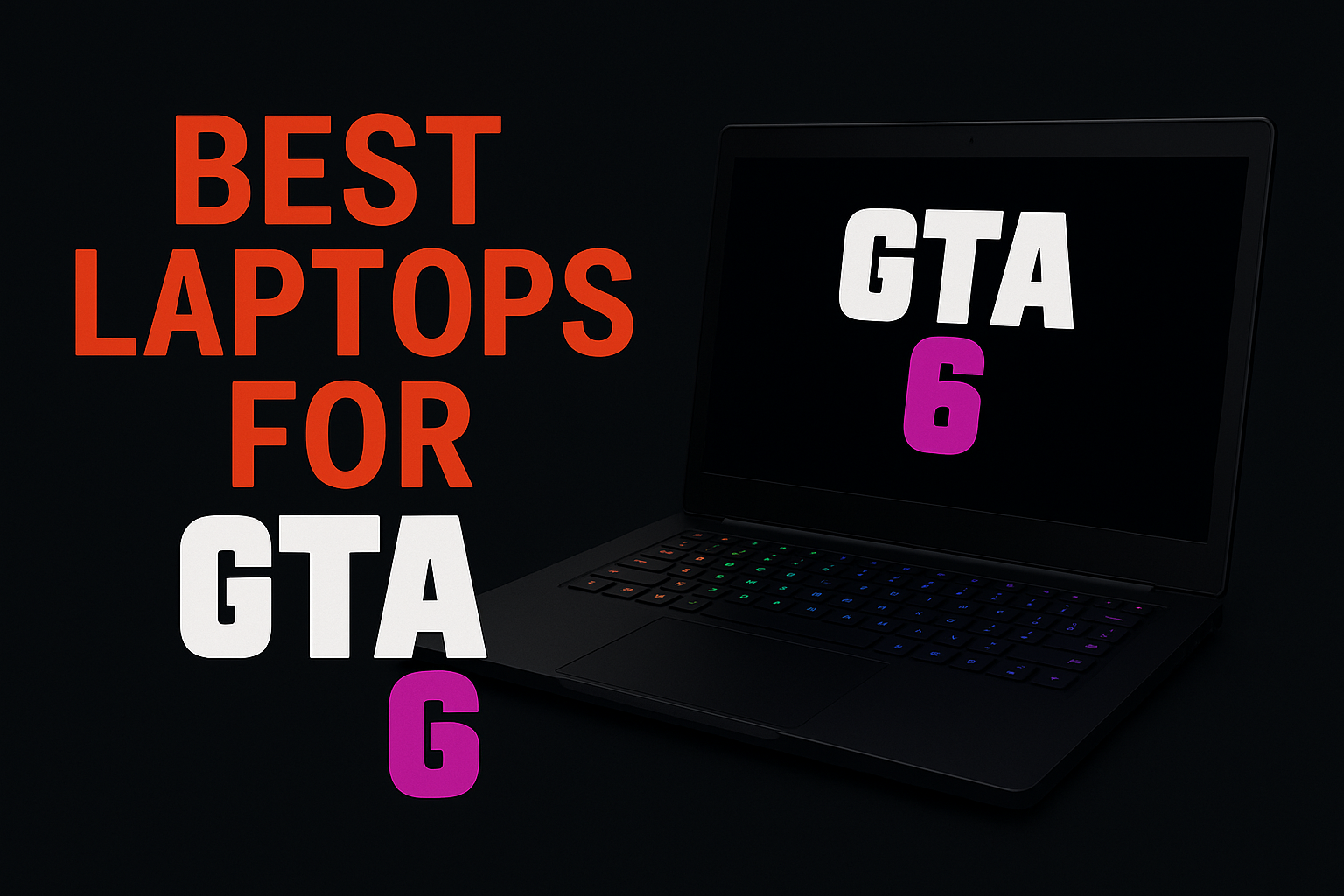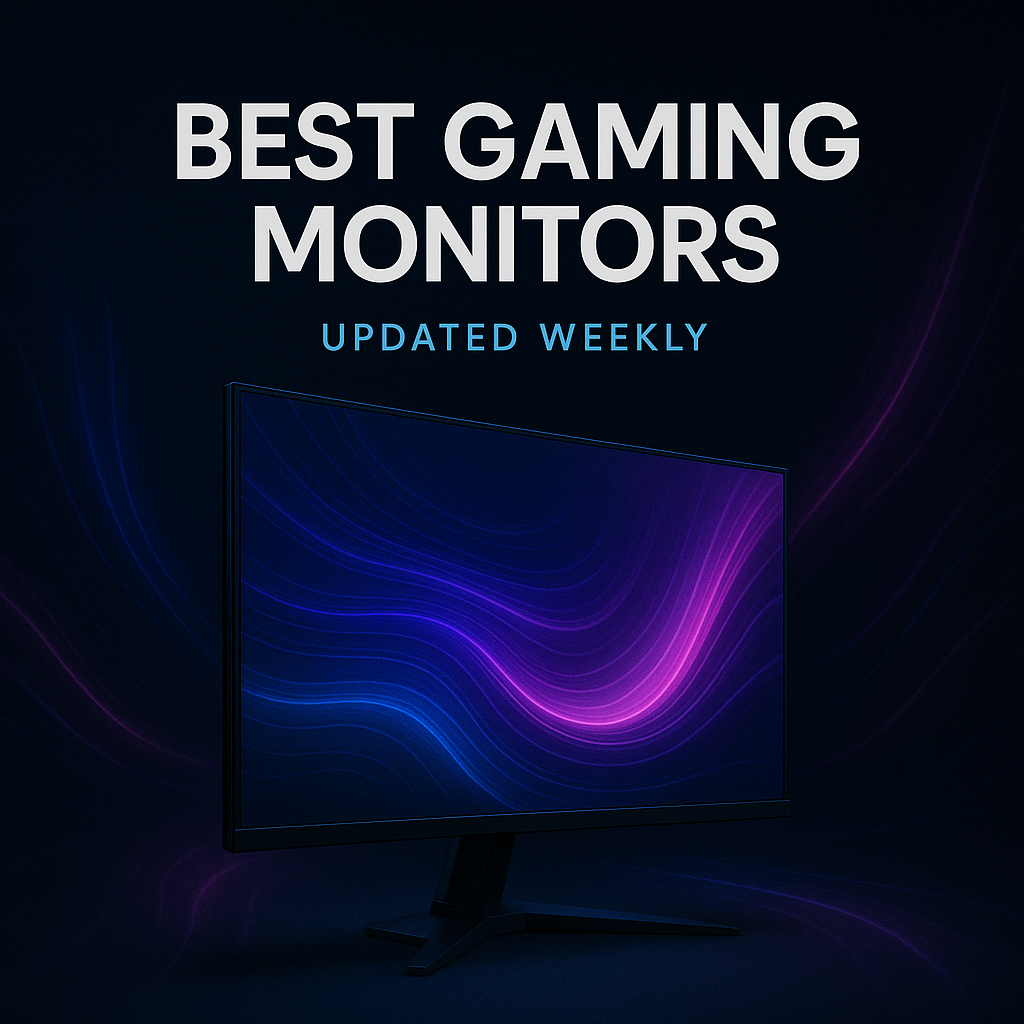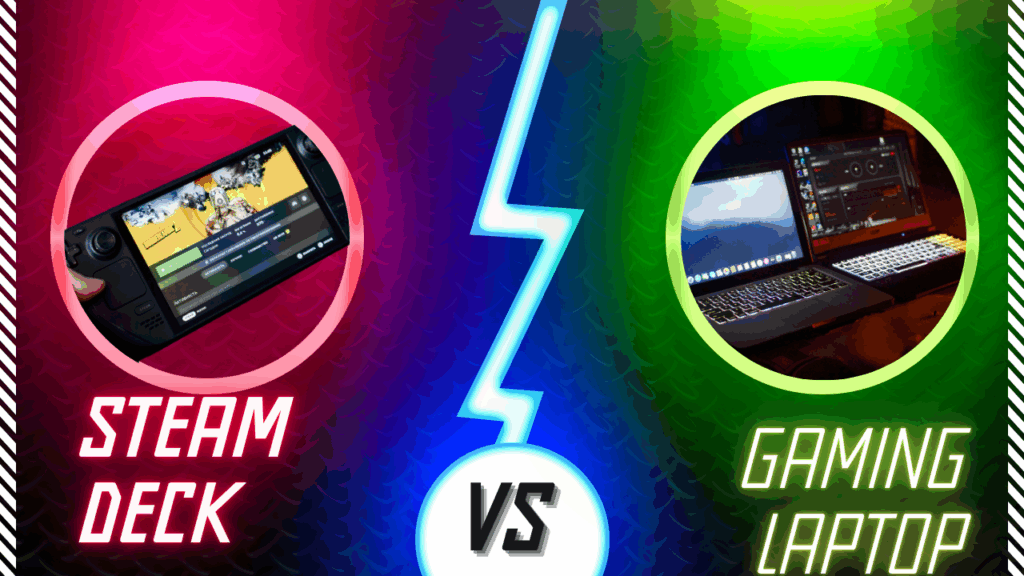Steam Deck vs Gaming Laptop: In-Depth Comparison for 2025
The debate over the Steam Deck vs gaming laptop continues to heat up as gamers seek the best option for their gaming needs in 2025. Both devices cater to different preferences and styles of gaming, offering unique advantages that make them appealing to different types of users. From performance to portability, the choice between these two depends heavily on what you value most in your gaming experience.
Whether you’re a fan of pc gaming with a larger screen or prefer the compact convenience of a handheld console, this comparison will dive deep into the strengths and weaknesses of each. By examining factors like battery life, game compatibility, graphics performance, and extra features, we aim to help you decide which device suits your gaming lifestyle better.
Steam Deck and Gaming Laptop: Key Differences
| Feature | Steam Deck | Gaming Laptop |
|---|---|---|
| Portability | ✅ Extremely Portable | ❌ Less Portable |
| Performance (AAA Titles) | ❌ Medium | ✅ High |
| Display Size | ❌ Small (7″) | ✅ Large (13–17″) |
| Customization | ❌ Limited | ✅ High (hardware upgrades) |
| Battery Life | ⚠️ 2–6 hours (variable) | ✅ Generally Better (6–10 hours) |
| Game Library Access | ✅ Full PC Library (Steam/PC) | ✅ Full PC Library (Steam/PC) |
| Cooling System | ⚠️ Modest | ✅ Advanced (multiple fans) |
| Ease of Use (Plug & Play) | ✅ Very User-Friendly | ⚠️ Medium (depends on OS/setup) |
| Price Range | ✅ Affordable ($399–$649) | ❌ Expensive ($800–$3000) |
| Upgradeable Hardware | ❌ No (closed system) | ✅ Yes (RAM, storage, GPU/CPU) |
| Modding & Linux Support | ✅ Strong (native Linux) | ✅ Strong (via dual boot) |
| Build Quality | ✅ Good for handheld | ✅ Varies (generally premium) |
| Customer Support | ⚠️ Mixed (Valve) | ✅ Varies by brand (usually better) |
| Product Recalls | ❌ None known | ⚠️ Occasionally (varies by model) |
What Defines the Valve Steam Deck?

The Valve Steam Deck is a handheld console designed specifically for portable gaming. Running on the Linux-based SteamOS, it caters to gamers who want a lightweight, on-the-go gaming experience. Despite its compact size, the Steam Deck is a powerful device, capable of running a vast library of games, including older titles, indie games, and even some modern AAA titles. Its compatibility with pc games makes it an enticing option for those who already have an extensive Steam library.
One of its standout features is the inclusion of a touch screen, which adds a layer of interactivity not commonly found in traditional gaming devices. This is complemented by its docking station, allowing users to connect it to an external monitor or TV for a more conventional gaming setup. This versatility makes it somewhat similar to the Nintendo Switch in terms of its hybrid functionality, providing both portability and the option to game on a larger screen when needed.
The Steam Deck’s real-world usability extends to its form factor, which is designed to be ergonomic and comfortable for long gaming sessions. With added features like the USB-C port and compatibility with an external monitor, it ensures a great experience for gamers who prioritize mobility without compromising too much on performance. However, it’s worth noting that the Steam Deck uses integrated graphics, which may limit its ability to handle graphically intensive games at high resolutions or frame rates.
What is a Gaming Laptop?
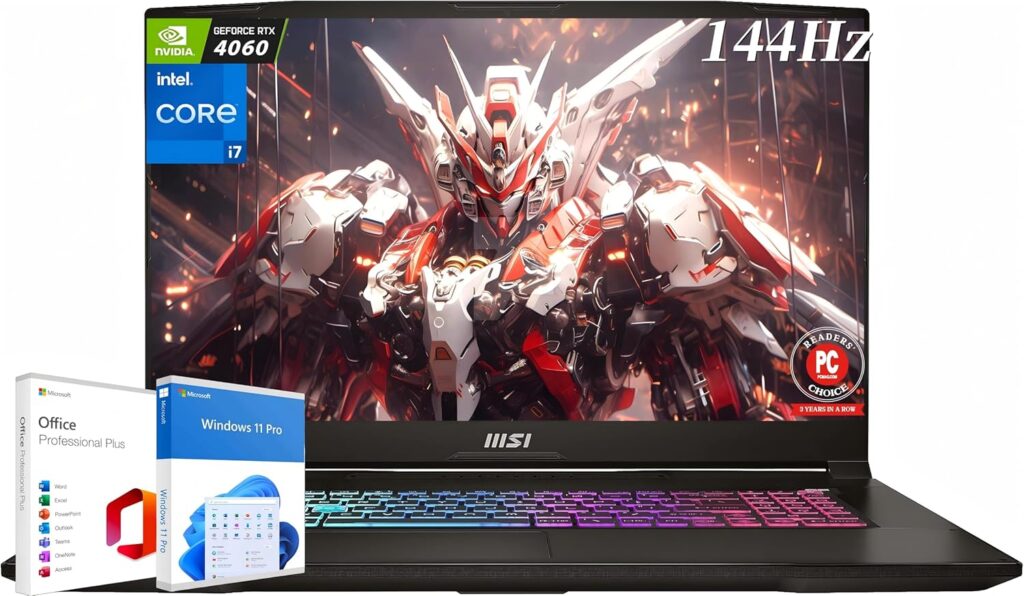
A gaming laptop, on the other hand, is essentially a standard laptop optimized with better specs to handle modern video games. Unlike the Steam Deck, gaming laptops are designed to deliver top-tier performance, often featuring powerful GPUs like the Nvidia GeForce RTX series. These GPUs, such as the RTX 4060, are capable of running the latest games with impressive frame rates and high resolution, making them a preferred choice for pc gamers who demand superior graphics.
Gaming laptops typically come equipped with much RAM, powerful processors like Intel Core i7 or i9, and larger screens, ensuring a smooth and immersive gaming experience. Popular models such as the Lenovo Legion Go and Acer Nitro exemplify how modern gaming laptops cater to users looking for high-end performance. With support for AAA titles and better specs overall, these devices are a powerhouse for any gaming enthusiast.
Another major advantage of gaming laptops is their flexibility. They not only excel at gaming but also double as productive devices for work or study. Features like keyboard shortcuts, the ability to connect to an external monitor, and compatibility with a wide range of software make them a versatile option. Furthermore, gaming laptops run on Windows OS, offering broader compatibility with platforms like Game Pass and Epic Games, as well as the ability to run games outside of Steam.
While gaming laptops offer a larger screen and better performance for graphically demanding games, they are less portable due to their bulkier design. Despite this, their superior hardware makes them ideal for gamers who want a desktop pc-like experience without being tied to a stationary setup.
Performance Comparison: Deck vs Laptop
Graphics Card and Frame Rates
When it comes to graphics performance, the difference between the Steam Deck and gaming laptops is significant. The Steam Deck relies on integrated graphics, which, while adequate for most pc games and older titles, may struggle to deliver consistent frame rates for the latest games. This means that while you can enjoy a vast library of games on the Steam Deck, you might need to lower the graphics settings for modern games to achieve smoother gameplay.
In contrast, gaming laptops are equipped with dedicated GPUs like the Nvidia GeForce RTX series, including the RTX 4060. These GPUs are built to handle AAA titles at high resolutions and frame rates, offering an unmatched level of detail and smoothness. Gamers who enjoy graphically intensive games like Elden Ring or Red Dead Redemption will find that gaming laptops provide a significantly better experience in terms of visual fidelity. Additionally, features like a higher refresh rate and support for external monitors further enhance the gaming experience on laptops.
Battery Life and Play Time
Battery life is another area where the Steam Deck and gaming laptops differ substantially. The Steam Deck is designed with portable gaming in mind, featuring a battery optimized for gaming sessions on the go. While the exact play time depends on the types of games you play, you can generally expect several hours of use before needing to recharge. This makes it ideal for mobile gaming or quick sessions during commutes.
Gaming laptops, on the other hand, are not as portable when it comes to battery life. Although they feature higher-capacity batteries, their more powerful components, such as a laptop GPU and high-resolution screens, consume significantly more power. As a result, gaming laptops are often tethered to a power outlet during extended gaming sessions. While this might not be an issue for home users, it limits the portability factor compared to handheld computers like the Steam Deck.
Game Compatibility and OS
The operating systems on the Steam Deck and gaming laptops also play a crucial role in their game compatibility. The Steam Deck runs on a Linux-based SteamOS, which has been optimized for pc gaming and the Steam library. This allows it to run games seamlessly from Valve Corporation’s platform. However, not all games are fully compatible with SteamOS, and some may require additional tweaks or workarounds to run properly. That said, the good news is that the Steam Deck continues to receive updates that improve game compatibility.
Gaming laptops, running on the widely-used Windows OS, offer broader compatibility with various gaming platforms. In addition to Steam, they support Game Pass, Epic Games, and other third-party platforms, ensuring access to a more extensive selection of games. Whether you’re looking to play modern games, multiplayer games, or even some mobile games through emulation, a gaming laptop provides greater flexibility. Moreover, gaming laptops are better suited for playing new games and keeping up with the latest videos and updates in the gaming world.
Design and Portability
Design and portability are two critical factors that separate the Steam Deck and gaming laptops, as both cater to different types of gamers with distinct needs. The Steam Deck is inherently portable, designed to function as a handheld console, making it ideal for on-the-go gaming. Its form factor is compact and ergonomic, allowing gamers to enjoy extended gaming sessions comfortably. With a small screen, the Steam Deck sacrifices size for mobility, but the optional Steam Deck OLED screen provides better visuals for those who prioritize image quality in a compact device.
The Steam Deck mimics the design of the Nintendo Switch, offering a hybrid approach to gaming. You can use it as a standalone handheld or dock it for a larger screen experience. This dual functionality makes it perfect for gamers who value flexibility in where and how they play their favorite games. Features like the docking station and USB-C port further enhance its versatility, allowing players to connect to external monitors or TVs for a desktop-like gaming setup. Additionally, its lightweight build makes it a true portable gaming device that you can easily carry wherever you go.
On the other hand, gaming laptops prioritize performance over portability. While still mobile, they are bulkier and heavier than the Steam Deck, making them less convenient for gamers constantly on the move. However, this trade-off comes with benefits, as gaming laptops feature larger screens, often ranging from 15 to 17 inches, providing a more immersive gaming experience. Models like the Lenovo Legion Go or Acer Nitro exemplify how gaming laptops cater to users who want a larger screen and better specs without compromising on graphical fidelity.
Gaming laptops are also better suited for multitasking, offering extra features such as a full keyboard with shortcuts, a touchpad, and the ability to run productivity software. While the Steam Deck excels in portability and convenience, gaming laptops provide a more traditional computing experience with the added benefit of gaming power. The choice ultimately depends on whether you prioritize the ability to game anywhere or want a larger, more versatile device.
Price, Features, and Availability in 2025
Cost Analysis: Which is the Better Deal?
When comparing the Steam Deck and gaming laptops, cost is a significant factor that can influence your decision. The Steam Deck is generally the more budget-friendly option, appealing to pc gamers who want access to a vast library of games without spending a fortune. Its price point makes it an attractive choice for those new to portable gaming or who want an affordable secondary device. The ability to play both older titles and modern games on SteamOS adds to its value, making it an excellent entry-level option for gamers on a tight budget.
Gaming laptops, however, come with a higher price tag due to their better specs and additional features. These devices are often equipped with the latest hardware, such as Intel Core processors, Nvidia GeForce RTX GPUs, and high-resolution displays, which drive up their cost. For instance, laptops with GPUs like the RTX 4060 are capable of delivering incredible game performance, but they are significantly more expensive than the Steam Deck. That said, gaming laptops are a powerhouse for AAA titles and modern games, making them worth the investment for serious gamers who prioritize high performance and versatility.
In terms of long-term value, gaming laptops may offer more for users who need a device that doubles as a gaming machine and a productivity tool. On the other hand, the Steam Deck is the better deal for those who want a dedicated gaming device without the extra features or price of a full-fledged laptop. Ultimately, your budget and gaming needs will determine which option offers the better value.
Extra Features and Real-World Usability
Both the Steam Deck and gaming laptops offer unique features that enhance their usability, but they cater to different types of gamers. The Steam Deck is designed for simplicity and convenience, with features like a touch screen for easy navigation and a docking station for connecting to external monitors. Its USB-C port adds to its versatility, allowing for fast charging and the connection of peripherals. While it may not have the extra power of a gaming laptop, it compensates with its portability and ease of use.
Gaming laptops, on the other hand, are equipped with a range of extra features that make them more suitable for intensive gaming and multitasking. These devices often come with high refresh rate displays, larger screens, and better cooling systems, ensuring a smooth and enjoyable gaming experience even during long gaming sessions. Features like keyboard shortcuts, customizable RGB lighting, and support for external monitors make gaming laptops a favorite among serious pc gamers who want to tailor their setup to their preferences.
Another key advantage of gaming laptops is their broader compatibility with various gaming platforms. In addition to running games from the Steam library, they support Game Pass, Epic Games, and other platforms, offering a more extensive selection of types of games. This flexibility makes gaming laptops the go-to choice for gamers who want access to the latest games and a wide range of multiplayer games.
However, the Steam Deck’s design and features make it an excellent choice for those who prioritize portability and a straightforward gaming experience. Its ability to mimic handheld consoles like the Nintendo Switch gives it a unique edge, especially for players who enjoy mobile games or want to game on the go. While it may lack some of the high-end features found in gaming laptops, the Steam Deck delivers a great experience for gamers looking for a compact and affordable solution.
Conclusion: Steam Deck vs Gaming Laptop in 2025
In the debate between the Steam Deck and gaming laptops, the best option ultimately depends on your gaming priorities and lifestyle. The Steam Deck excels as a portable gaming device, offering a compact form factor and a straightforward way to enjoy a vast library of games on the go. Its touch screen, docking station, and compatibility with external monitors make it a versatile choice for those who value mobility and convenience over sheer performance.
On the other hand, gaming laptops are the ideal choice for gamers seeking high performance and versatility. Equipped with powerful GPUs like the Nvidia GeForce RTX series, larger screens, and a range of extra features, these laptops are a powerhouse capable of running the latest AAA titles at high resolutions and frame rates. Whether you choose the Steam Deck or a gaming laptop, both provide unique advantages that cater to different gaming needs, ensuring you’ll have a great experience regardless of your choice.
Read our buying guides and top products.

